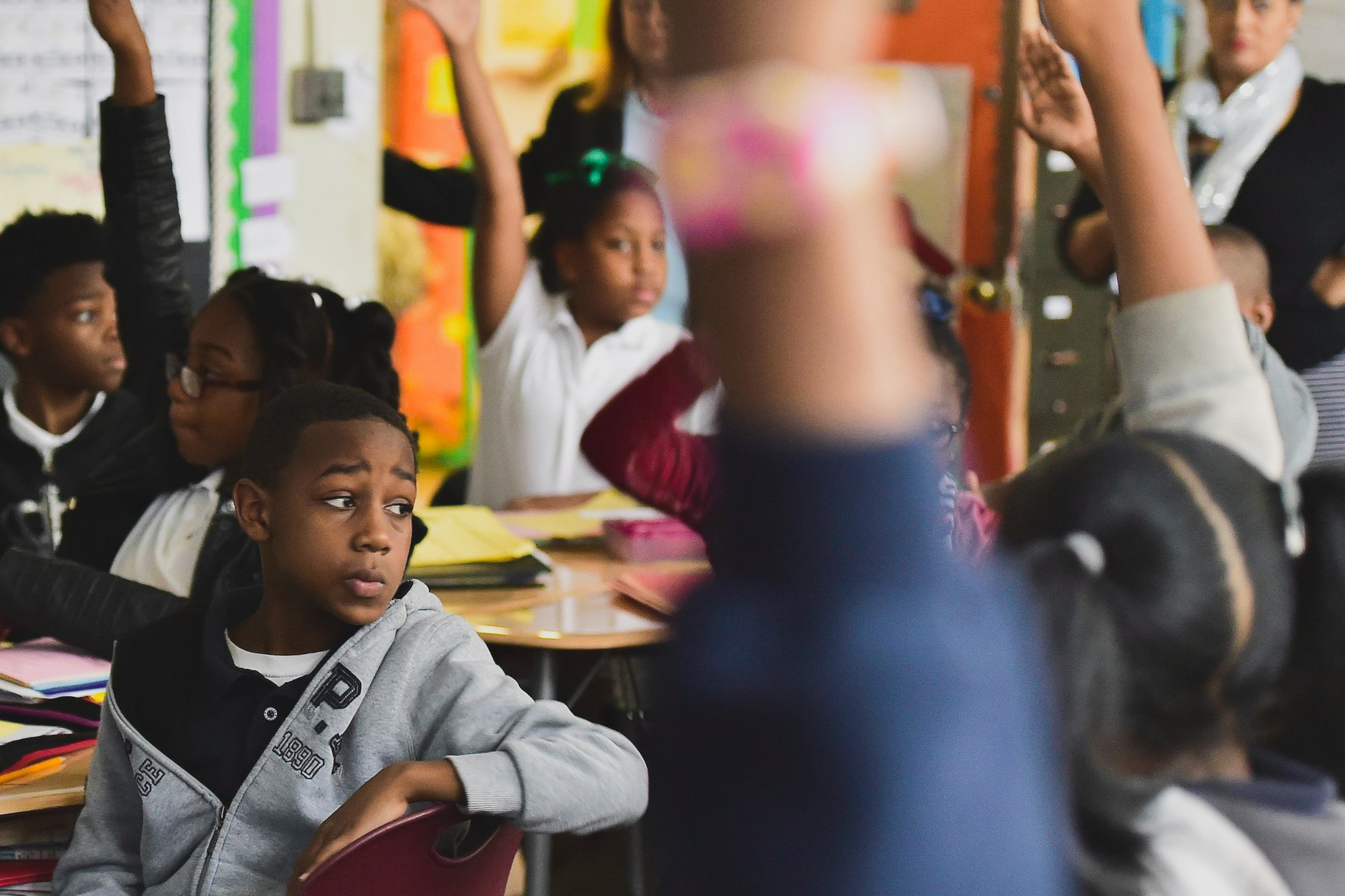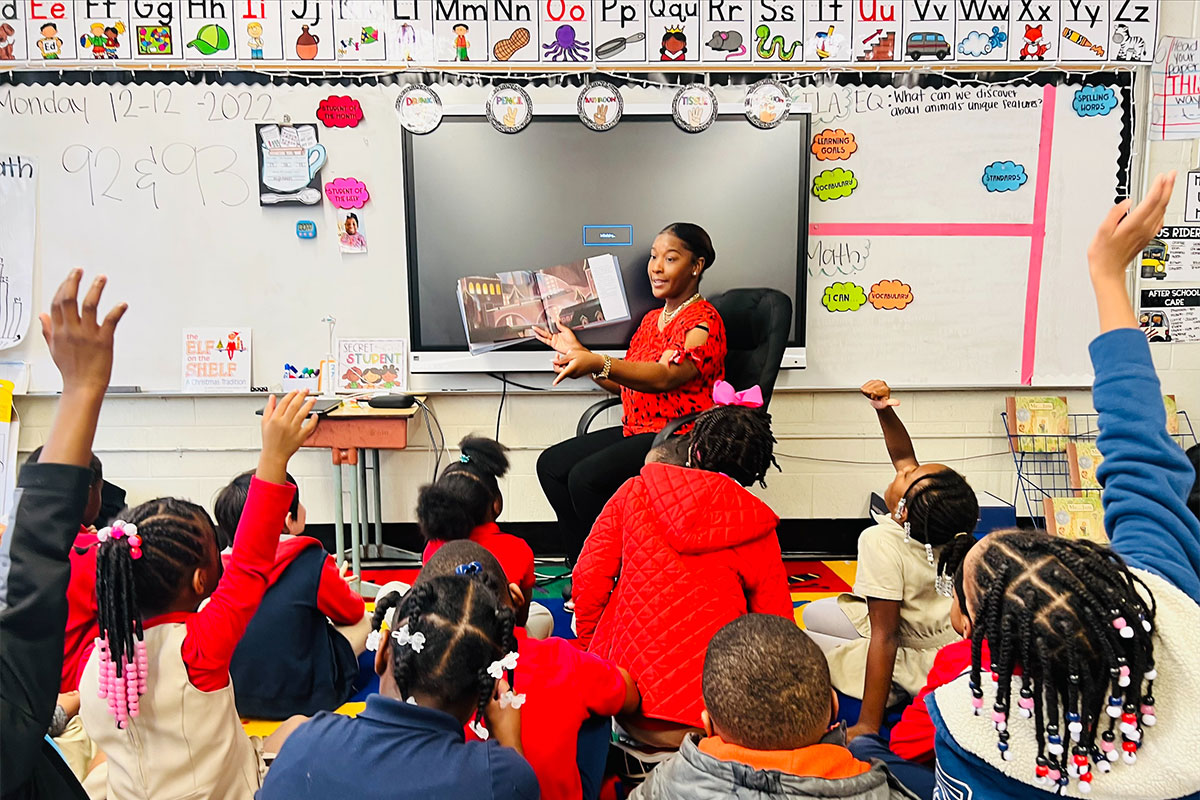Is it the schools’ responsibility to control youth violence and mischief? No, it isn’t. I agree with most that this charge should begin in the home. However, the public-school system is in a unique position to be a true and influential surrogate to its population of young people. Instead, we are hyper-focused on testing, accountability scores and being the next shining star in school rankings.
Of course, testing and academic achievement have a place. After all, school is about education. And I could very easily argue what it must take to make the scholarly gains some schools so desperately desire or need. But our schools are also about so much more.
Let’s not forget testing in the literal sense, but we must be mindful of the particular non-academic roles that schools can play to help our students. From the teacher, to the administrator, to the custodian, to the coach, to the resource officer, to the lunch lady—before we step into any of these shoes, all of us are human, and humans influence other humans, especially little ones. Shouldn’t we use our leadership to positively affect the senseless cycle of criminal activity among some young people? Perhaps we are doing just that. In fact, I know we are. Yet, more needs to be done.

The majority of students are not armed robbers, carjackers or murderers. The majority aren’t dropouts, gang members or drug dealers. We celebrate those students who go through the system without incidents of violence or trauma. We celebrate their achievements and perseverance because they deserve it.
But what about these numbers? In the United States, homicide deaths are ranked second among 5- to 18-year-olds, the Centers for Disease Control reports. Another Kaiser Family Foundation study reveals that firearms are the top cause of death for children 19 and under. And young people under 18 accounted for more than 400,000 violent-crime arrests in 2020.
Now, let’s bring it closer to home. As of November 2021, about 7% of detainees in the Mississippi Department of Corrections had been arrested before age 18. If you align this with the per capita violent crime rate of 291.2 in 2020, that is approximately 20.4 juvenile violent crimes per 100,000 people. Are we satisfied with these statistics? I think not.
Our Children Are Waiting
Children are our future, so what are we going to do about this? We should focus on in-reach. We need influencers—such as mentors, counselors, assistant teachers, tutors, role models and the like—to reach into the schools and truly partner with parents and guardians in nurturing our children. And we just work even harder to inspire learners without home support.
On a day-to-day basis, the school house should have many more moving parts to attend to the whole child and create the ideal learning environment. This should be done on every level of the K-12 system, especially with the youngest ages. We are all familiar with the proverb, “Train up a child in the way he should go: and when he is old, he will not depart from it.” And it rings true.
We must remember that without guidance, directions and resources, juvenile criminals can grow up to become adult criminals.
In fact, I am confident that trying to tackle this issue any other way would prove futile. Look at where we are now. Is it really getting any better? I am aware that to launch such a project into the public-school system would take millions, if not billions of dollars, of course. So, this would not be a teacher or school project alone, but it should be a local, state and federal government collaborative effort to support our students. How much do we really want to impact our communities and drastically reduce crime, starting with our young people?

What you value and desire, you invest in. And besides, the return on this investment would be worth it. The million-dollar question is if the right entities (the ones with the funding) want to see this change. I know teachers do. I know parents and guardians do. Even young people who are caught up in this cycle of criminal behavior do, probably more than the rest of us.
Public schools are in a special place to influence children because they congregate there regularly with compulsory attendance. Would a pastor who wants to deliver an inspiring message to as many people as possible have more success on the street corner or in the pulpit of his 5,000-member church? I think you know the answer.
Likewise, the children are there at school, waiting. Waiting for us to inspire them. Waiting for us to positively influence their decision-making. Waiting for us to give them hope.
Teachers, administrators and counselors can’t do this alone. Whatever resources we have in the schools, we always need more. Help us produce productive citizens and prevent young people from falling into the trap of the criminal-justice system. We know what these atrocious acts of violence can do to our communities and to our individual families. They can tear them apart and cause undying pain. We can do more. Let’s do more.
For solutions-based reporting on preventing crime, including by young people, see jacksonfreepress.com/preventingviolence.
This MFP Voices essay does not necessarily represent the views of the Mississippi Journalism and Education Group, the Mississippi Free Press, its staff or board members. To submit an opinion for the MFP Voices section, send up to 1,200 words and sources fact-checking the included information to azia@mississippifreepress.org. We welcome a wide variety of viewpoints.






